13 Open Source Remote Sensing Software Packages
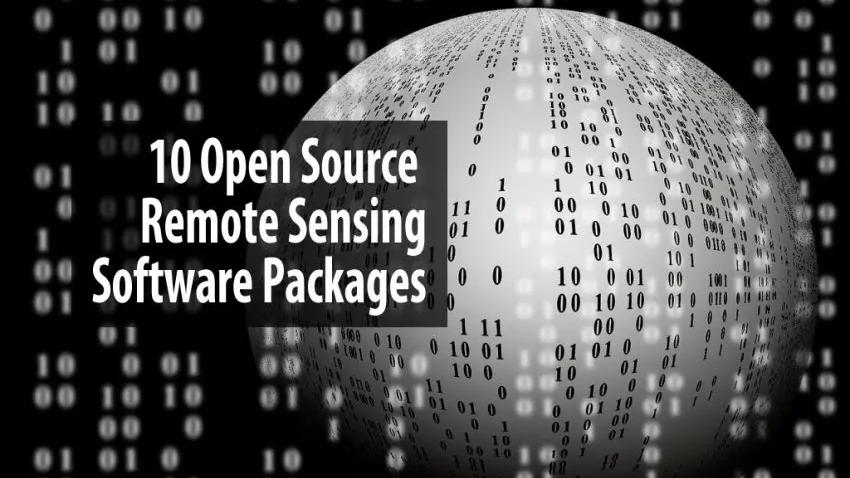
Open source remote sensing software
There has been a big shift over the years to build software in an open, collaborative way. This software is made available to the public and is called open source.
There is no exception for open source remote sensing software.
The big plus:
They are for public use at no cost. So without further ado, here is the big list of 13 open source remote sensing software packages.
1. The Sentinel Toolbox

The Sentinel Toolbox consists of 3 separate applications:
- Sentinel-1 Toolbox (SAR applications)
- Sentinel-2 Toolbox (High-resolution optical applications)
- And Sentinel-3 Toolbox (High-resolution optical applications)
Sentinel-2 has become the gold standard for open satellite data. In order to process the vast amounts of data collected by Sentinel-2A/2B, users can use the Sentinel Toolbox. One of the highlights of the Sen2cor plugin which allows users to correct for atmospheric effects and classify images.
If you download Sentinel-1 synthetic aperture radar data, you can process your data with the Sentinel-1 toolbox. For example, you can perform interferometry, speckle filtering, and coregistration.
For your assistance, the open STEP Forum is a community of remote sensing enthusiasts to help answer questions you have.
2. QGIS Semi-Automatic Classification Plugin (SCP)
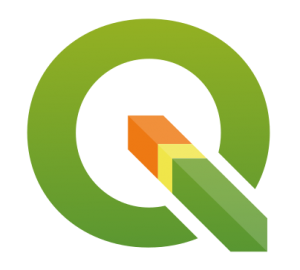
QGIS is one of the most powerful open source GIS software packages available for free… And plugins are the key to its success.
In terms of remote sensing plugins, the semi-automatic classification plugin is one of the best. It’s especially useful because you can download satellite imagery directly in the plugin such as:
- Sentinel
- Landsat
- ASTER and MODIS
Furthermore, it also provides tools for the pre-processing and post-processing of imagery. No wonder why it’s in the top 5 downloaded plugins for QGIS.
READ MORE: Open Source QGIS Guide and Review
3. SAGA GIS: System for Automated Geoscientific Analyses

SAGA GIS is ideal for most remote sensing needs because of its rich library grid, imagery, and terrain processing modules.
In terms of classification, it has your basic supervised classification. But it’s not as intuitive and user-friendly as other remote sensing software. For analyses and manipulation, it flourishes with terrain tools like:
- Topographic Position Index (TPI)
- Topographic Wetness Index (TWI)
- Soil classification
It also has some rudimentary tools for photogrammetry and support vector machines (SVM). Although it has a vast library of raster-based tools, the only downfall of SAGA GIS is the lack of documentation for some of them.
READ MORE: SAGA GIS (System for Automated Geoscientific Analyses) Review and Guide
4. ORFEO Toolbox (OTB): Optical and Radar Federated Earth Observation

In 2001, France and Italy started a cooperative project for remote sensing software. Built on the shoulders of the open source community, they called it the ORFEO toolbox and it’s still widely used to this day.
ORFEO is an image processing library aimed at high spatial resolution data. It’s a mixed bag of remote sensing tools including:
- Image segmentation, classification, and filtering
- Change detection
- Radiometry, PCA, and pan sharpening
One big plus is its “Large-Scale Mean-Shift segmentation (LSMC)”. This type of object-based image analysis is a rare feature seen in software nowadays.
5. GRASS: Geographic Resources Analysis Support System

GRASS GIS is full of functionality. Admittedly, it’s a bit clunky at times as we’ve shown in our review for GRASS GIS. But it’s not short on tools. For example, it offers:
- Image classification and PCA
- Edge detection
- Radiometric corrections
Another key feature of GRASS is LiDAR processing and analysis. You can filter LiDAR points, create contours and generate DEMs. Next time you see a LAS file, see what GRASS can do with it.
READ MORE: GRASS GIS – Geographic Resources Analysis Support System
6. PolSARPro

For synthetic aperture radar, you may want to look into PolSARPro. This software can handle dual and full polarization SAR from satellites like:
- ENVISAT-ASAR
- ALOS-PALSAR
- RADARSAT-2
- TerraSAR-X
There’s a wide range of tools like radar decompositions, InSAR processing, and calibration. Another neat part of this software is the graph processing framework where users can automate workflow. This functionality is similar to ArcGIS ModelBuilder and easy to set up.
Overall, PolSARPro is a very sophisticated open source remote sensing software. You need to take a look at PolSARPro if you’re working with full or dual-polarization SAR data.
7. Whitebox GAT

There’s a hydrology theme that surrounds Whitebox GAT. This is because it actually replaced the Terrain Analysis System (TAS), which was an Esri tool for hydro-geomorphic applications.
Where it shines is LIDAR! It’s like the swiss-army knife of LiDAR data with even a tool that can convert it to shapefile. Although the cartographic tools are bare, overall Whitebox GAT has a solid 500 tools for all your GIS needs.
READ MORE: WhiteBox GAT – Geospatial Analysis Toolbox (Review)
8. gvSIG

gvSIG is known for its wide variety of rich features. And this applies to its remote sensing capabilities too. For example, users can perform supervised classification, band algebra, and decision trees.
On top of that, gvSIG software delivers a more diverse range of tools like:
- TASSLED CAP: Tassled Cap is ideal for monitoring vegetation health/vigor and urban growth.
- VEGETATION INDICES: The vegetation indices toolbar analyzes chlorophyll and plant health for multispectral data.
READ MORE: gvSIG Software Review: Desktop, 3D, and Mobile GIS
9. Opticks

The neat part about Opticks software is the long list of extensions you can add. There are plugins for raster math, radar processing, and hyper/multispectral.
Before downloading an extension, make sure to check the compatibility. Actually, you might have to scale back your Opticks version for the extension to work properly.
10. InterImage

InterImage is a bit different from the other open source remote sensing software on this list. It specializes in automatic image interpretation, which is pretty neat.
The core theme of automatic image interpretation is object-based image analysis (OBIA). This involves segmentation, exploring their spectral, geometric, and spatial properties, and then classification.
Although InterImage was developed in Brazil, documentation is available in English.
11. ILWIS: Integrated Land and Water Information System

For more than 25 years, ILWIS has become a popular option for GIS enthusiasts. Actually, since its first release, it has had over 27,000 downloads. But it wasn’t until recently that it became available for public use.
One of its key features is its stereoscopy, anaglyph, and photogrammetry tools. If you have satellite data, ILWIS also has image classification techniques to create land cover classes.
ILWIS was originally built for researchers and students. For this reason, the effort was concentrated on developing a user-friendly environment.
12. E-foto

E-foto is the digital photogrammetry specialist in the group of open source remote sensing software. The core functionality is:
- Photo triangulation
- Stereoscopic modeling
- Digital elevation model extraction
This software provides a fully functional photogrammetry toolset to use at no cost. E-foto has loads of tutorials and examples to get you well on your way to being a photogrammetry expert.
13. OSSIM: Open Source Software Image Map

Not only has it been actively developed for almost two decades but interesting enough, it’s being funded through US departments such as intelligence and defense.
OSSIM is a high-performance open source remote sensing software application. It’s good with compatibility. For example, it’s compatible with over 100 raster and vector formats and at least 4000 types of projections.
It supports a long list of sensors. But some may require additional plug-ins. If you need some remote sensing direction for high spatial resolution imagery, OSSIM might be the answer you have been searching for.
What is your remote sensing project?
This open source remote sensing software list fills a wide range of disciplines like photogrammetry, OBIA, LiDAR, SAR, and more.
While some companies spend thousands of dollars on remote sensing software, just remember that you might be able to do it all in open source.
GIS and remote sensing software are both parts of what some people call the “open source movement”.
And this collection of 10 free open source remote sensing software packages helps you as if it was commercial remote sensing software.

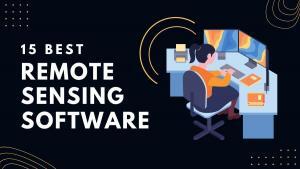
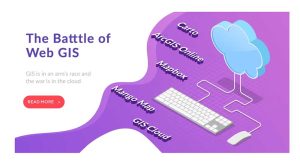
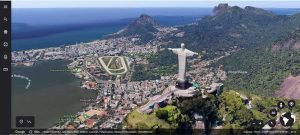
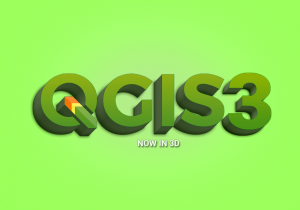
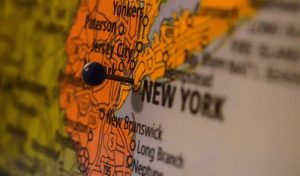
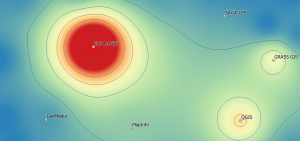

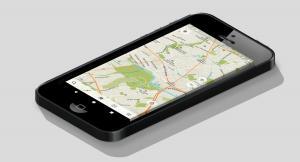
RasterFrames brings together Earth-observation (EO) data access, cloud computing, and DataFrame-based data science. RasterFrames enables you to process your raster data in a data frame, at scale, on spark. Check it out at rasterframes.io or if you want to get to playing with it, you can test it out on EarthAI Notebook in the free trial (https://www.astraea.earth/)
Does any one have experience using AVIRIS hyperspectral data in Opticks?
Please, Which of these will be the best to perform support vector machine classification ?
Can anyone help me, regarding ILWIS software? From where I can download it?
Yesterday, I downloaded ILWIS 3.3 academics but stucked during installation?
Great article.
I would like to talk with someone who is familiar with ILWIS.
Absolutely! SNAP/NEST is great for processing synthetic aperture radar data. Thanks for your contribution
You can’t have a list of open source remote sensing without SNAP (which used to be Beam and NEST)
http://step.esa.int/main/